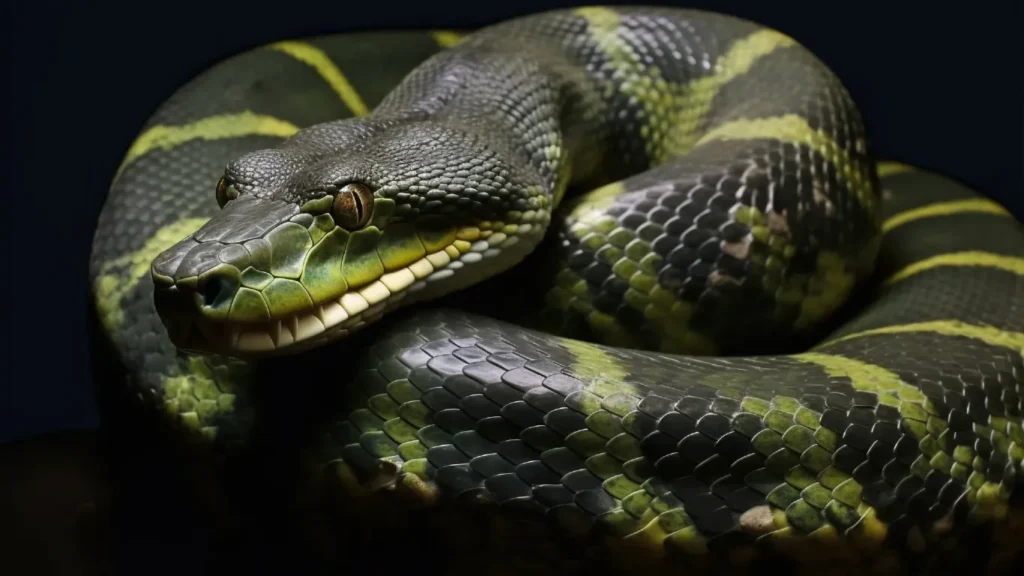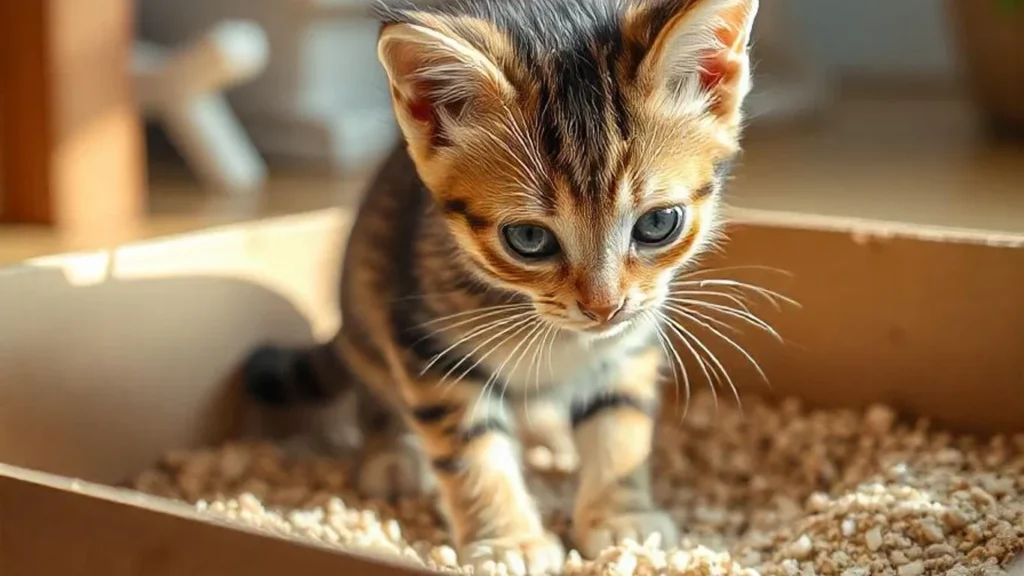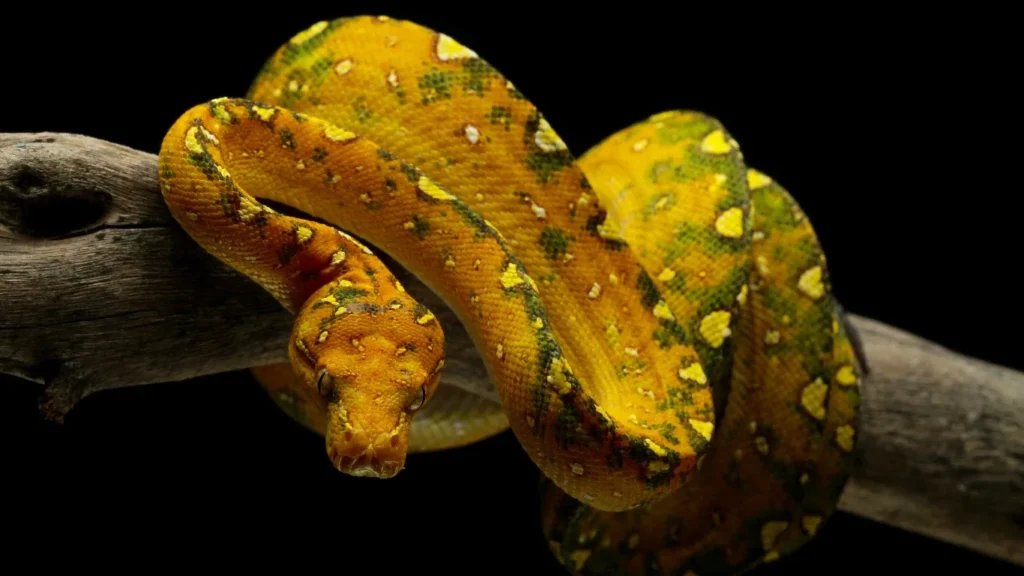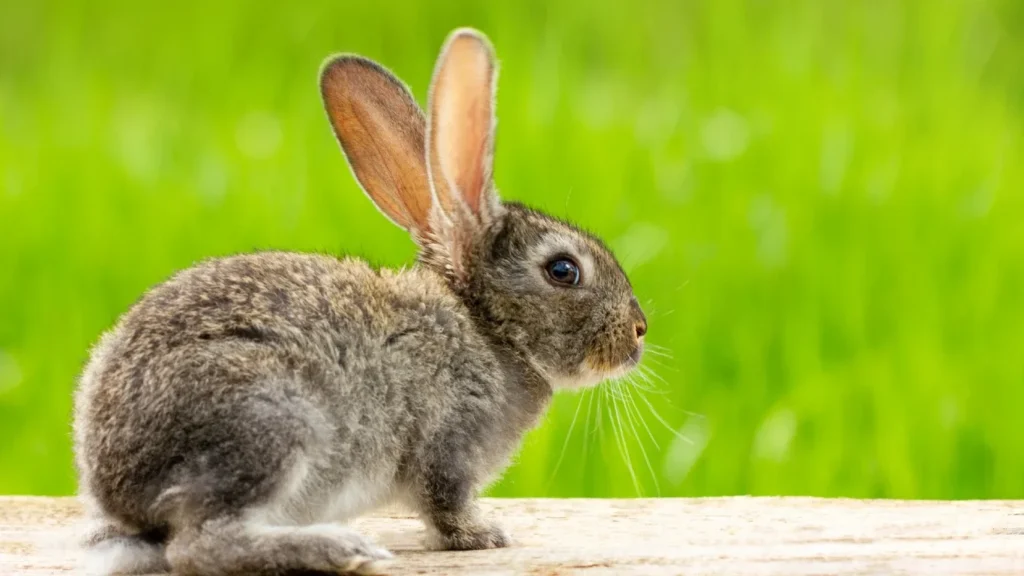
How to Increase Humidity in Your Snake Tank?
Keeping your snake happy and healthy involves creating a mini-ecosystem within their tank. One crucial aspect of this ecosystem is humidity. Proper humidity levels are essential for your snake’s respiratory health, shedding process, and overall well-being.
Through this piece, we will be going through various methods to create a perfectly humid ecosystem for your scaly friends! Let’s check it out.
Understanding Your Snake’s Needs
Before diving into specific techniques, let’s understand the ‘why’ behind maintaining humidity. Different snake species have varying humidity requirements, especially when considering a ball python tank set up. Here’s a quick breakdown:
- Tropical Snakes: These snakes, like ball pythons and boas, need high humidity levels (around 60-80%).
- Temperate Snakes: Corn snakes and king snakes fall under this category, requiring moderate humidity (around 50-60%).
- Arid Snakes: These desert dwellers, like sand boas and rosy boas, thrive in low humidity (around 30-40%).
Remember, this is just a general guideline. Always consult a reptile veterinarian or experienced snake keeper to determine the ideal humidity range for your specific snake.
5 Easy Ways to Increase Humidity in Your Snake Tank
Now that we’ve established the importance of humidity, let’s explore some practical methods to achieve it:
- Choose the Right Substrate
The substrate, or bedding material, in your snake’s tank plays a vital role. Opt for substrates that retain moisture well, such as:
- Coconut fiber: This eco-friendly option absorbs and releases moisture excellently, making it ideal for high humidity needs.
- Cypress mulch: Similar to coconut fiber, cypress mulch is absorbent and helps maintain humidity.
- Sphagnum moss: This moss excels at holding moisture and can be used as a localized humidity booster in specific areas of the tank.
Tip: When using these substrates, keep a portion of the tank slightly damp (but not soggy) for your snake to burrow into during shedding.
- Provide a Large Water Dish
A large water dish serves a dual purpose: hydration for your snake and increased humidity through evaporation. The larger the dish, the more evaporation occurs. Additionally, some snakes enjoy soaking in the water, so ensure the dish allows them to fully submerge their bodies.
- Implement Strategic Misting
Misting involves gently spraying the tank with lukewarm water to raise the humidity levels. While effective, this method requires some finesse:
- Frequency: Misting frequency depends on several factors, including tank size, ventilation, and substrate choice. Start by misting once or twice a day and monitor the humidity levels. Adjust the misting frequency as needed.
- Technique: Use a hand-held sprayer or pressure sprayer with a fine mist setting. Avoid soaking the substrate, as this can lead to mold growth.
- Target Areas: Focus on the substrate and tank walls, allowing the water to evaporate and raise the humidity. Avoid misting your snake directly unless they’re in shed.
- Limit Ventilation
Ventilation is crucial for maintaining fresh air in your snake’s tank. However, excessive ventilation can decrease humidity levels. Here’s how to strike a balance:
- Tank Selection: Opt for tanks with mesh ventilation only on a portion of the top or front. Solid-sided glass terrariums generally hold humidity better.
- Covering the Mesh: If necessary, you can cover a portion of the mesh screen with plastic wrap or aluminum foil (ensure proper air circulation remains).
- Monitor the Humidity: Constantly monitor the humidity levels to avoid creating stagnant air, which can be harmful to your snake.
- Introduce Live Plants
Live plants not only create a naturalistic environment but also contribute to humidity by releasing water vapor through transpiration. Here are some snake-safe plants to consider:
- Pothos: This easy-care plant thrives in moderate humidity.
- Snake Plant: This low-maintenance succulent tolerates a wide range of humidity levels.
- Bromeliads: These colorful plants come in various species and add a tropical touch to the tank.
Conclusion
Achieving and maintaining the ideal humidity level in your snake’s tank is crucial for their health and well-being. By understanding your snake’s specific needs and implementing the strategies outlined in this guide, including choosing the best bedding for ball python snakes, you can create a thriving environment that supports their natural instincts. Remember, consistency is key when it comes to how to increase humidity in snake tank.



